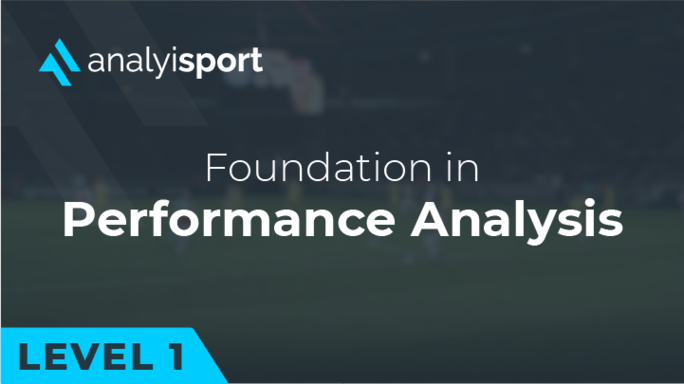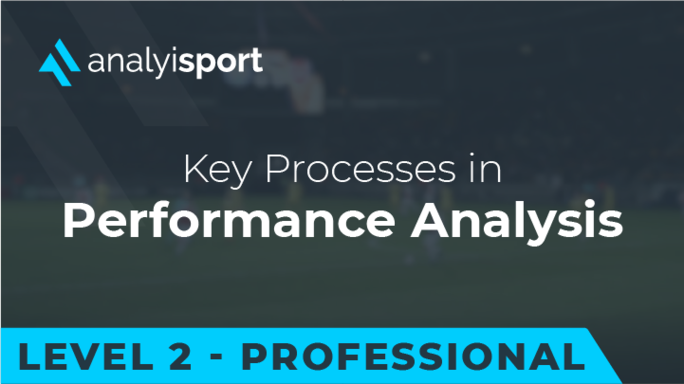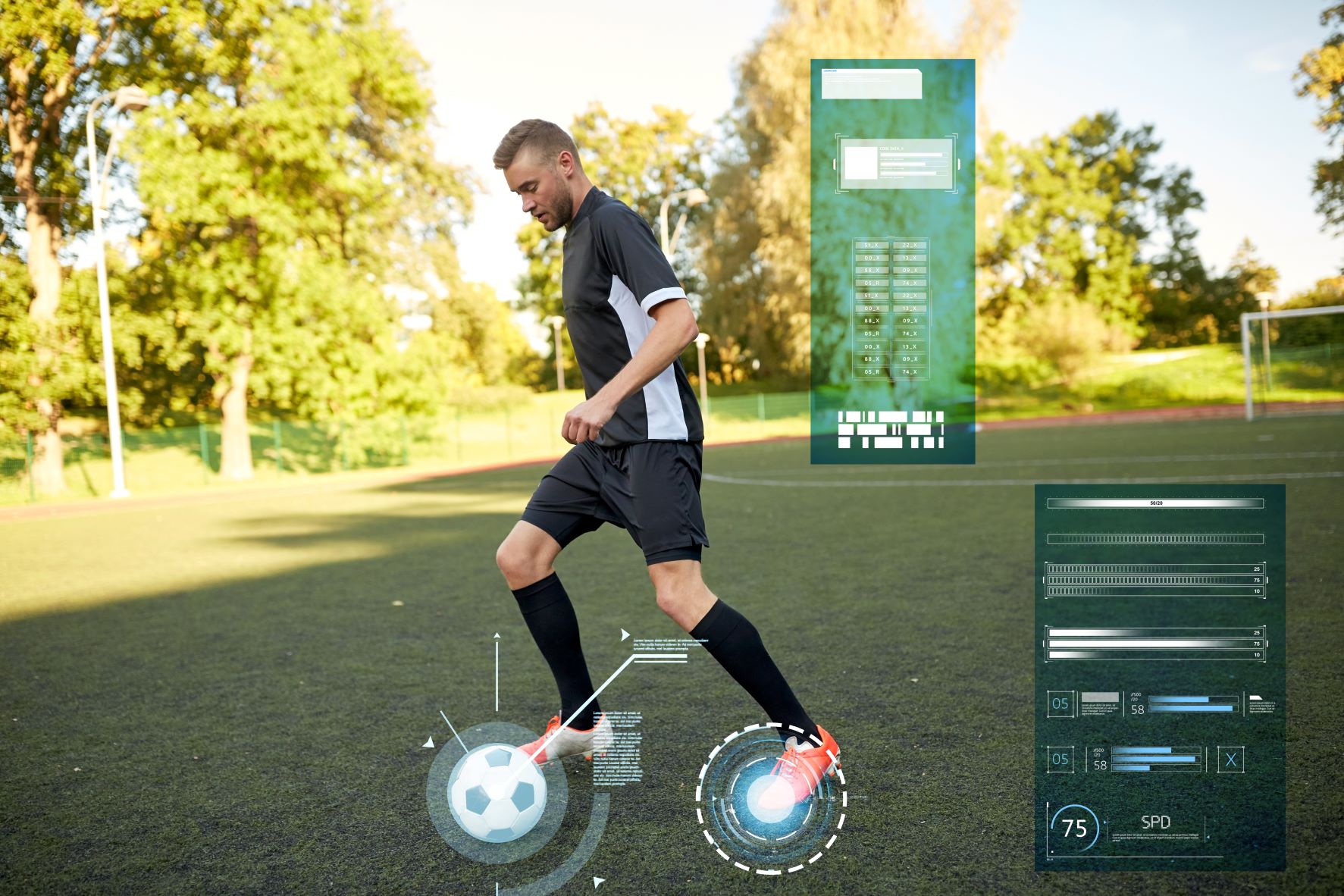How Do You Improve Football Performance Using Data?
Analysts spend hours every day looking at the data. They’re not just trying to find some interesting statistics. Their focus is on using the data to understand why a player or a team is performing at their current level, identifying what they’re doing well and what they’re doing badly. The why part is essential: when an analyst can understand why a player’s statistics aren’t as good as other players, it’s easier to then find ways for them to improve.
Why is data important in football?
A coach can only take in so much information when they’re watching football. They can’t see everything that goes on or keep a close eye on every player on the pitch. Their opinion on what they see will also be influenced by their own biases and limits in their understanding. Even the very best coaches will never be fully objective in their assessments.
Data, on the other hand, is objective. It accurately records what has happened and doesn’t give any player or team preferential treatment. It is also comprehensive.
Modern technology allows a vast amount of data to be collected. Players wear GPS vests that track their movement and collect data such as total distance covered, top speed, and heat maps that describe their various positions on the pitch during the course of the game. Multiplied by each player on the pitch, this provides a lot of data that can show how well players are getting into the right positions and how well they’re running and covering space. For example, Mediacoach, who work with La Liga in Spain, capture over 3.5 million positioning metrics per match.
Companies such as StatsBomb, WyScout and Opta also collect data about match events, such as the number of passes each player makes, the type of pass they make, whether or not the pass is completed, and so on. This event data is often recorded by teams of analysts watching the game. It provides a detailed picture of what the players are doing with the ball and how successfully they are doing it.
All this data means that performance levels can be analysed much more accurately than ever before.
How can data be used in football?
To understand how football clubs use data to improve performance, it’s first important to know the different roles that analysts have at football clubs and how they use data.
Some analysts, such as opposition analysts and recruitment analysts, do jobs that support the work of the scouting team. Neither of these areas has a direct impact on improving yjr performance levels of players, although signing a new player can help raise the standard of a team, and a detailed report on the strengths and weaknesses of an upcoming opponent can help improve a team’s chances of winning.
It’s performance analysts who have the most direct impact on the performance levels of the team. They support the coaching staff to monitor the players and get the best out of them.
In training, a performance analyst will use cameras to record sessions so that the footage can be reviewed and analysed. They will also use GPS vests to capture data about the players. The analyst will then be responsible for editing video and creating databases. This is an important part of the process, as keeping things organised helps the analyst to stay on top of their workflow and allows them to quickly find what they need.
At some levels of the sport, performance analysts will record matches themselves. Often this isn’t necessary. Many analysts work at clubs that can access match footage and data from companies such as Statsbomb and Opta. The data gives a detailed picture of how each player is performing on the pitch.
The analyst then looks in detail at the data, identifying what’s going well and what’s going badly. Most importantly, they look to explain why something is working or not working. The analyst then provides feedback to the coaches and players. This feedback can be provided pre-match, during the match, and/or post-match. It depends on what the coaching staff want.
When providing feedback, the analyst will often present data using graphs and visuals to make it easier to understand. They will often also use edited video footage to support what they’re saying. This is especially useful when presenting to players, who can then see exactly what they need to do to improve.
Video footage is such an important part of modern training that clubs including Bristol City, Hoffenheim and Bayern Munich have installed giant screens in their training grounds. They use these screens to give live feedback, show best practice videos, and present other kinds of analysis to the players.
“It gave us a different way of presenting team meetings and reduced the time the players had to be sat down in meeting rooms for video analysis,” explained Sam Stanton, former Head of Analysis at Bristol City, when writing for Training Ground Guru.
Performance analysts can work with either the first team or in the academy. In the first team, there’s more of an emphasis on match performance as the focus is on getting results. In the academy, there’s often more of an emphasis on using data to help individual players improve and develop for the future.

How do football clubs use data to improve player performances?
Data quantifies performances, making it easier for analysts and coaching staff to determine whether a player’s performance levels are improving or declining and how they compare to other players.
Instead of debating whether or not it looks like a striker is struggling to turn their shots into goals, it’s now possible to look at the data and see exactly how many of their chances they’re converting, how good those chances are, and whether the positions they’re shooting from have changed.
If a player is struggling at something, it’s the analyst’s job to use the data and video to understand why they are underperforming and what needs to change.
Sometimes, the analyst will use video first. They will watch relevant footage of the player, find out what’s going wrong, and then look at the data to see if it confirms their analysis. To help them with this, they’ll often create databases of video clips, so that all the footage of aerial duels, or crosses into the box, is in one place.
Other times, an analyst will look at the data first, finding what they want by searching for stats that are above or below average, or spotting significant changes over time, and then use video to check their findings.
Once the analyst has pinpointed the problems that are causing a player’s poor level of performance, they can then present this information to the coaches. It’s important that the analysis is supported by the data and that there are specific changes that can be made to improve the player’s performance. Sometimes the analyst, with the permission of the coaching staff, will also talk directly to the player.
Performance analysts often provide a monthly audit of player performance levels, as well as more frequent reports in between.
They can also work to help a player adapt to the manager’s way of playing. At Man City, the analyst Piet Cremers has worked closely with the players, including helping former City forward Raheem Sterling to improve the timing of his runs into the box. If you want to read more about the work of Piet Cremers, we’ve written an article about how he’ll be helping Erling Haaland adapt to life at the Etihad.
How do football clubs use data to improve team performance?
In many ways, improving team performance is similar to improving player performance. In both cases, the performance analyst is supporting the coaching staff, helping them to accurately identify the cause of problems and find ways to solve it.
When trying to improve team performance, the analyst often won’t look at the team as a whole, but will break the team down into different units, such as a defensive unit and an attacking unit. This helps the analyst to focus on the parts of the team’s performance where the problems are arising.
Sometimes problems will be within a unit. An example of this is when a defensive unit is failing to mark the correct zonal areas, giving the opposition too much space in dangerous positions. The analyst will be able to see from data such as heat maps that the players are often out-of-position. The coaching staff can then work with the unit to help them understand where they need to be on the pitch.
There are also times when there’s a problem between units. For example, a team might be struggling to get the ball forward during counter attacks, playing too many sideways passes and allowing their opponents to get back into position. The analyst can look at the data and see the problem is that players in the defensive unit are failing to pass the ball to players in the attacking unit. The video footage might then show that the players in the defensive unit are looking in the wrong places when trying to pass forwards, failing to understand the runs that the attacking players are making, and so are then passing sideways instead. The coaching staff can then work with the defensive unit and the attacking unit together to improve their understanding.
What is the role of a football analyst?
The role of a performance analyst in all this is to provide insights that the coaching staff can use.
As Matthieu Lille-Palette, Senior Vice President at Opta, has said, “In football, the wealth of GPS tracking data, player performance stats, injury susceptibility data, etc., are essentially useless without data scientists to translate them all into digestible information.”
The analyst has the expertise needed to understand what the data means. They can translate it into terms that other people working at the football club can understand.
For performance analysts, this means providing useful insights to the manager and the other coaching staff. To do this well, they need to act like an extension of the manager. Every manager has their own philosophy about how football ought to be played and the way they want their team to set-up. This means they’ll have their own questions they want answers for in the data.
The job of the analyst, first of all, is to answer the performance questions that the manager is asking. If the manager wants to know why the defence is struggling to deal with crosses, they don’t want the analyst to come back with a report on why the strikers are failing to get on the end of through balls.
Once the manager’s questions have been answered, the analyst, if they have the time, can then start looking at other parts of the data. But even in this situation, the analyst needs to be focused on what is useful to others. The best way to do this is by talking to other people at the club.
As an analyst told StatsBomb, “One thing I’ve learnt is that by simply asking questions and provoking discussion with coaches/managers/board level members, you’re able to quickly find questions or scenarios they would love to see evidence of but haven’t come across before.”
Analysts on their own don’t improve performances. What analysts do, working in collaboration with other staff at the club, is provide insights that help players develop their talents, improve their performance levels, and achieve better results.
Related Courses:

- Level 1
- Course
Level 1: Foundation in Performance Analysis in Football
£199.00 Original price was: £199.00.£85.00Current price is: £85.00.

- Level 2
- Course
Level 2: Key Processes in Performance Analysis in Football
£199.00 Original price was: £199.00.£149.99Current price is: £149.99.
Share this article
Our Learning Pathways
AnalyiSport is for everyone who is passionate about analysis in football. Where are you in your development journey?
Become a Football Scout
As more clubs than ever look to build data into their recruitment process, an understanding of recruitment analysis is your ticket to success in the game.
Related Articles
Our team provides news and insights from the cutting edge of football analysis.





